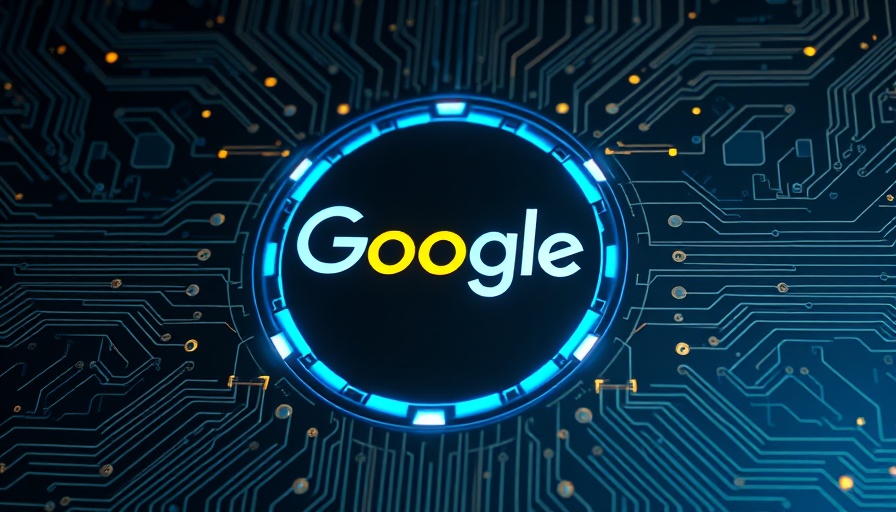
Understanding Google's New Image SEO Guidelines
Google has recently updated its image SEO best practices, emphasizing the importance of consistency with URLs for images across websites. This is a significant development for webmasters and SEO professionals, especially those overseeing large sites with multiple images. The key takeaway is straightforward: using a single URL for images shared across various pages can enhance site performance by preserving a crucial resource known as the crawl budget.
What is Crawl Budget and Why Should You Care?
Crawl budget refers to the number of pages Google bot will crawl on your website in a given period. Efficiently managing this resource is vital for ensuring your site is fully indexed. By employing consistent URLs for images, you help Google cache these images more effectively, which prevents the bot from wasting time and resources on redundant crawls. This means that when the same image appears across different pages, it should always utilize the same URL.
Practical Steps to Implement Consistent URL Strategies
For those managing websites with numerous visual assets, implementing Google’s updated guidelines is straightforward. Start by auditing the current state of how images are linked throughout your site. Establish a standardized structure for all image URLs; this creates a uniformity that not only aids in SEO but also facilitates better user experience. Updating your website templates to include these consistent links is essential. Additionally, consider utilizing a centralized image management system, which can streamline this process further.
Monitoring and Measuring Success
After implementing these changes, it’s crucial to keep an eye on your crawl stats via Google Search Console. Regular monitoring allows you to observe improvements in your site’s performance and identify any lingering issues that may affect crawl efficiency. Only through careful analysis can you see the true impact of these modifications.
Future Implications for Image-Heavy Websites
As the digital landscape continues to evolve, the use of images is becoming more prevalent. This update from Google is a timely reminder that image optimization extends beyond merely adding alt text or appealing visuals. It requires an understanding of backend technologies that enhance usability and search visibility. For SEO professionals, it’s an opportunity to revisit strategies that will shape the future directions of marketing content and its discovery by users.
Common Misconceptions About Image SEO
Many webmasters still think that image SEO revolves solely around tags and descriptions. However, as Google’s guidelines illustrate, URL consistency is equally critical. Misunderstanding this concept can lead to wasted resources as Google crawls the same image multiple times under different URLs. Educating teams about this aspect and integrating it into their practices can vastly improve SEO outcomes.
Acting on Google’s Recommendations
In a world increasingly dominated by visual content, understanding and applying these SEO best practices can distinguish successful marketing campaigns from the floundering ones. It’s not just about enhancing your website’s visibility; it’s about creating an efficient, user-friendly experience that retains audience engagement.
In conclusion, the importance of using consistent URLs for image optimization cannot be overstated. Embracing these updated guidelines helps in conserving your crawl budget, enhancing your site’s performance, and ultimately securing better indexing outcomes for higher visibility. If you’re not already making these adjustments, now is the time to take action. Ensure your website is optimized for both search engines and users alike for a better competitive edge in the digital marketplace.
 Add Row
Add Row  Add
Add 




 Add Row
Add Row  Add
Add 

Write A Comment